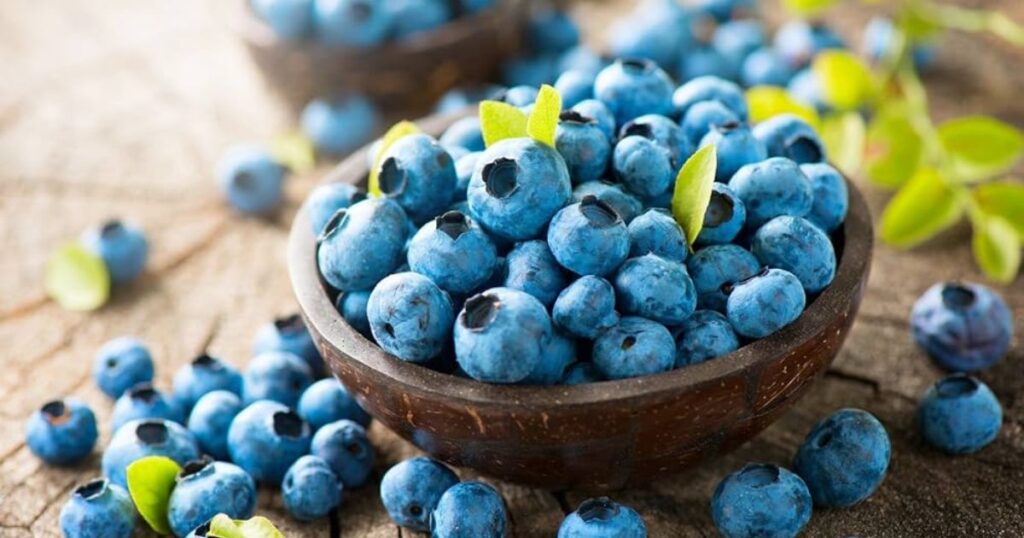The Art of Pizza Layering: A Delectable Journey into Perfecting Every Bite.
Pizza, a universally loved culinary masterpiece, transcends cultural boundaries and satisfies cravings with its perfect blend of flavors and textures. While the dough and sauce undoubtedly play crucial roles, it’s the art of pizza layering that elevates this dish to a gastronomic experience.
Join us on a savory journey as we explore the intricate world of pizza layering, unraveling the secrets behind creating the perfect harmony of ingredients on every slice.

1. The Foundation: Perfecting the Dough:
At the heart of any exceptional pizza lies the foundation – the dough. The crispiness, chewiness, and flavor of the crust set the stage for the layers to come. Traditional Neapolitan pizzas showcase a thin, airy crust with a slightly chewy texture.
New York-style pizzas, on the other hand, boast a foldable, medium-thick crust that strikes a balance between soft and crispy. Whatever the style, ensuring the dough is properly proofed, rolled, and baked is the first step to pizza perfection.
2. Saucing Techniques: A Brushstroke of Flavor:

The sauce, often considered the soul of the pizza, comes next. Whether it’s a classic tomato-based marinara or a creative pesto, the sauce contributes acidity, sweetness, and umami to the flavor profile.
The key lies in balance – not too much to drown out other flavors, yet enough to complement the crust and toppings. Brushing the sauce to the pizza’s edge ensures every bite is a harmonious blend of dough and sauce, setting the stage for the layers of toppings to shine.
3. Cheese: The Glue That Binds:
Cheese, the unifying element of pizza, adds a creamy, gooey texture and a rich, savory flavor. While mozzarella is the classic choice, variations like provolone, fontina, or goat cheese can introduce exciting twists.

The cheese layer acts as the glue, binding the other ingredients together. The way it melts, bubbles, and browns can transform an ordinary pizza into a culinary work of art. Experimenting with different cheese blends allows for a personalized touch, enhancing the overall pizza layering experience.
4. Vegetables: Freshness and Vibrancy:
The vegetable layer brings freshness, color, and a nutritional boost to the pizza. From the classic trio of green peppers, onions, and mushrooms to gourmet choices like artichokes, sun-dried tomatoes, or arugula, vegetables contribute diverse textures and flavors.
Pre-cooking certain vegetables like mushrooms or caramelizing onions before layering ensures they release their moisture during baking, preventing a soggy crust.

5. Meats: A Symphony of Savory:
For carnivores, the meat layer adds a bold, savory punch. From pepperoni and sausage to prosciutto or grilled chicken, the choices are limitless. Properly cooking or pre-cooking meats before placing them on the pizza prevents excess moisture, keeping the crust crispy. Strategic placement of meats allows for even cooking, ensuring each slice is a carnivorous delight.
6. Herbs and Seasonings: The Finishing Touch:
Elevating the pizza layering experience involves paying attention to the details. Fresh herbs like basil, oregano, or thyme sprinkled over the top add a burst of fragrance and flavor. A drizzle of high-quality olive oil or a sprinkle of red pepper flakes can provide the finishing touch, transforming a simple pizza into a gourmet masterpiece.
7. Experimental Layering: Breaking Traditions:
The beauty of pizza layering lies in its versatility. Experimental layering involves breaking away from traditional norms to create innovative and unique flavor combinations. Barbecue chicken and pineapple, fig and goat cheese, or even a dessert pizza with Nutella and strawberries – the possibilities are endless. The key is to maintain a delicate balance, ensuring that each layer complements the others without overwhelming the palate.
8. The Oven: The Crucible of Transformation:
The final step in perfecting pizza layering is the oven. Whether it’s a traditional wood-fired oven or a high-end pizza stone in a home kitchen, the heat source plays a crucial role. A hot oven ensures that the layers meld together, creating the desired crispy crust, melted cheese, and perfectly cooked toppings. The cooking time may vary depending on the thickness of the crust and the toppings, but a watchful eye guarantees a delicious outcome.
Conclusion:
Pizza layering is an art form that combines science, creativity, and a passion for culinary excellence. The interplay of dough, sauce, cheese, and toppings transforms a simple dish into a symphony of flavors and textures.
Whether you adhere to traditional recipes or embark on an experimental journey, the key lies in balance and attention to detail. So, roll up your sleeves, gather your favorite ingredients, and embark on a pizza layering adventure – where every bite is a testament to the delightful harmony of well-crafted layers.
Also Read – Best Amusement Parks in the USA: Where Thrills and Entertainment Collide.
Also Read – Top 10 Healthy Foods in USA-Nutrient-Rich Delights.
FAQ: Pizza Layering
1. What is pizza layering?
– Pizza layering refers to the process of arranging various ingredients on top of the pizza dough before baking to create a delicious and well-balanced flavor profile.
2. What are the typical layers of a pizza?
– The typical layers of a pizza include the dough base, followed by sauce, cheese, toppings, and optional seasonings or herbs.
3. What type of sauce is commonly used for pizza layering?
– Tomato-based pizza sauce is the most common choice, but variations like pesto, white sauce, barbecue sauce, or olive oil can also be used depending on personal preference and the type of pizza being made.
4. How should cheese be layered on a pizza?
– Cheese is usually spread evenly over the sauce to ensure it melts uniformly and covers the entire pizza. Common cheese choices include mozzarella, provolone, cheddar, or Parmesan.
5. What are some popular pizza toppings for layering?
– Popular pizza toppings include pepperoni, mushrooms, onions, bell peppers, olives, sausage, bacon, ham, pineapple, spinach, tomatoes, and jalapeños. Toppings can be customized to suit individual tastes.
6. In what order should toppings be layered on the pizza?
– Toppings should be layered based on their cooking times and moisture content, with ingredients that require longer cooking times or release more moisture placed closer to the bottom. For example, meat toppings like sausage or chicken are usually placed under vegetables to ensure they cook thoroughly.
7. Can I layer multiple types of cheese on a pizza?
– Yes, layering multiple types of cheese can add depth of flavor to the pizza. For example, a combination of mozzarella, Parmesan, and provolone can create a delicious blend of flavors and textures.
8. Are there any traditional pizza layering techniques for specific styles of pizza?
– Yes, certain pizza styles have traditional layering techniques. For example, Neapolitan pizza typically features a thin layer of tomato sauce, fresh mozzarella cheese, fresh basil leaves, and a drizzle of olive oil. Chicago deep-dish pizza, on the other hand, often has the cheese layer placed directly on top of the dough, followed by meat and vegetable toppings, and finished with a layer of tomato sauce.
9. Can I experiment with different layering combinations?
– Absolutely! Pizza layering is highly customizable, and experimenting with different combinations of sauces, cheeses, toppings, and seasonings can lead to unique and delicious creations.
10. Is there a recommended baking temperature and time for pizzas with various layers?
– Baking temperature and time can vary depending on the thickness of the dough and the amount of toppings. Generally, pizzas are baked in a preheated oven at around 450-500°F (230-260°C) for 10-15 minutes, but adjustments may be needed based on individual recipes and preferences.
Also Read – National Pizza Day : Pizza Lovers UNITE.
Also Read – “Tasting California: A Delicious Journey To Iconic State Flavors”

